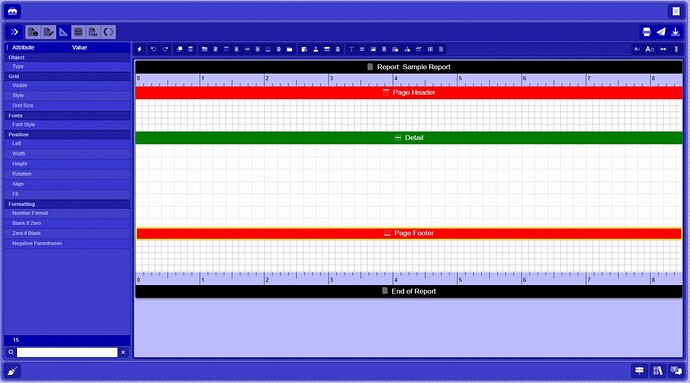How would you approach this as a VCL app? Largely the same with a TMS WEB Core or other form of web app.
- Create a data entry form
- Populate form with pre-existing data or default values
- Add editors specific to each type of data on the form, like date pickers or drop downs or whatever.
- Have a button that is a "submit" button or something equivalent.
When the app starts, it loads up whatever data you want to have by default, either just default values or values specific to the user or to the item that is being edited. This can be data that was originally in their browser localStorage, if they're filling out a form and there may be iterruptions between sessions, for example, or if they're regularly visiting the form. Or you can fetch data from somewhere to fill in once you know who the user is. If there's a login form first, then you can do this in a more authenticated/secure manner.
Data validation can then happen, or adjustments to the controls based on the available data. If there's an address with a Country, then you can swap between Province and State if there is a Canada/US field as an example. Likewise, drop downs might be populated differently based on other fields or on what you have already collected, that sort of thing.
The available controls in TMS WEB Core by default include most of what you'd have in a VCL app. And there are ahem a few more available as well, either as FNC components from TMS or from third-party tools or nearly any vanilla JavaScript library. So you can get a UI to handle any kind of data input you like.
Once they've selected or modified or otherwise input the data you require, then another function can write that data somewhere else. This can be via a REST API or whatever you like. If the user is going to revisit the data, then there is likely to be a desire for a consistent mechanism for storing and retrieving data. This is part of the appeal of StellarDS.io - to make that aspect simple (and potentially free for some use cases).
For my projects, I tend to like to use Tabulator as a data grid, as it has lots of input choices, but the new FNC grid sure looks pretty. Haven't used it yet, but I imagine it would work pretty well particularly with StellarDS.
The form itself, what fields are on it, their data types, and so on, is something that internally can be passed around pretty easily with JSON. So you could have a UI where you select data types and give them names or whatever other attributes you need. Then creating the form is just like in the VCL - you can dynamically add any of the input types just as easily (or nearly so) as you can when designing a form with drag/drop components. You could do that too if you wanted a fancier form designer. Lots of options.
I'm part way through writing a complete report writer where there are components like an object inspector-style control that I can use to set the width/height of elements on the page, that kind of thing. So really anything is possible, just need to sort out what you want to do or what you want it to look like.
